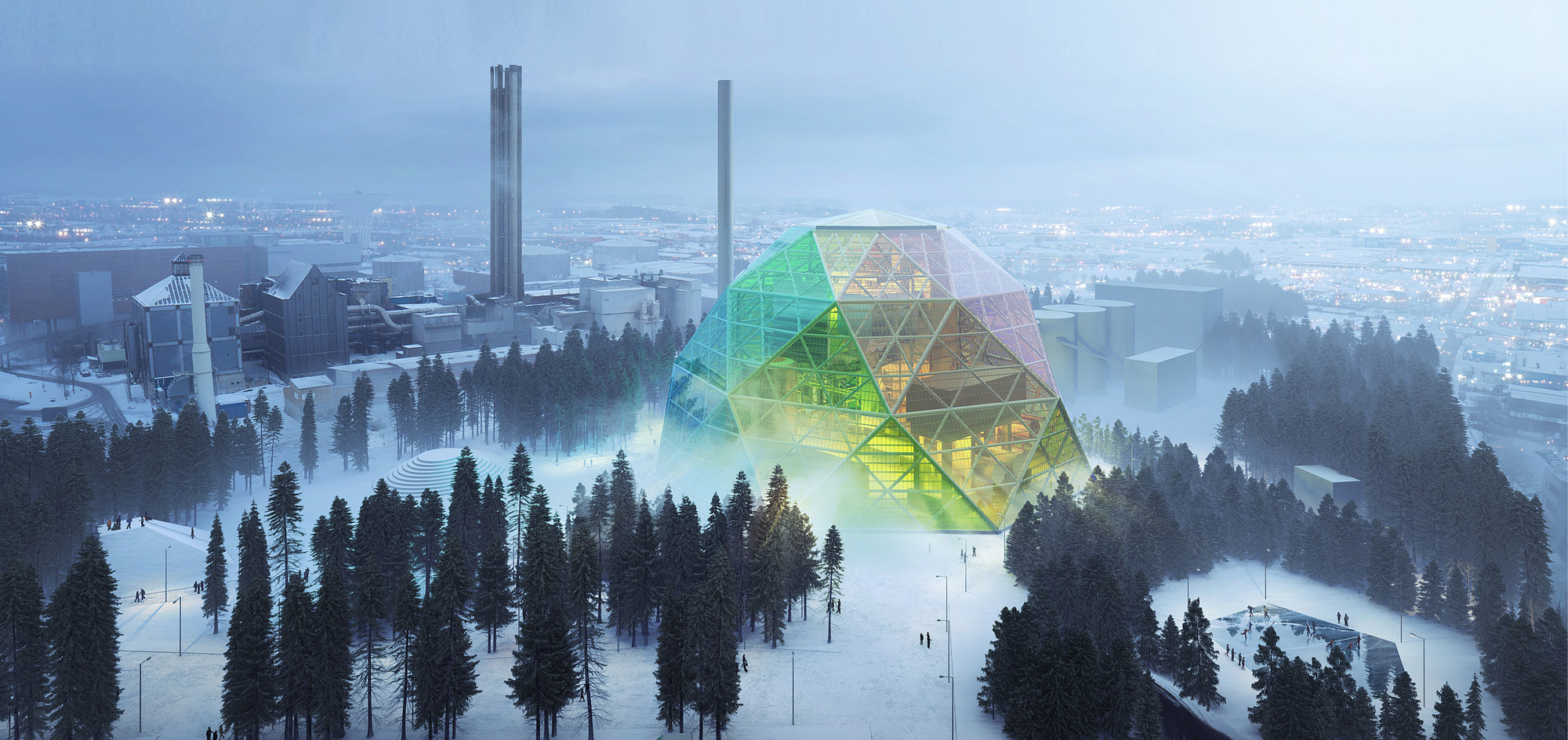
-
Architects: Henning Larsen
- Area: 25000 m²
- Year: 2021
-
Professionals: PEAB Bjørn Bygg AS, SLA, Tyréns
If you want to make the best of your experience on our site, sign-up.

If you want to make the best of your experience on our site, sign-up.




.jpg?1561645831&format=webp&width=640&height=580)




Henning Larsen Architects, in collaboration with SLA and Tyréns, has won a competition for the design of a new city hall in Uppsala, Sweden, beating out proposals from Schmidt Hammer Lassen Architects, White Arkitekter, Ahrbom & Partners, and 3XN Architects.
The project will include a refurbishment and addition to the existing city hall building, which was built in 1957 and only partially completed in accordance with the original drawings. Henning Larsen Architects’ design will close off the L-shaped building, connecting the old and the new with a glass-roofed courtyard to create a new public gathering place for residents of Sweden’s 4th largest city.

The city of Uppsala invited BIG to design a biomass cogeneration plant that would offset its peak energy loads throughout the fall, winter and spring as part of an international competition (ultimately won by Liljewall Arkitekter). Home to Scandinavia’s oldest university and landmark Uppsala cathedral, the plant proposal’s biggest challenge was to respect the city’s historic skyline.
Considering the project’s proposed seasonal use, BIG envisioned a dual-use power plant that transcends the public perception; in the summer months, the “crystalline” proposal was designed to transform into a venue for festivals during the peak of tourism.

Kjellander + Sjöberg has won first place in a land transfer competition for Uppsala Municipality. Tasked with the transformation of a city block next to Uppsala’s central square, the architects created an inviting complex of timber apartments surrounding a communal courtyard. Designed to foster a sense of community among residents, the Rosendal complex is, as the project’s architects state, “full of character and unlike anything else.”

Stockholm-based practice Utopia Arkitekter has been selected to design a new travel centre in Uppsala after their "sculptural, eye-catching jewel of a building" won the municipal design contest. Featuring a travel centre, fitness centre and restaurant on the lower floors and offices in the floors above, the building aims for LEED Platinum certification. The design revolves around the incorporation of bicycles, providing commuters with extensive bicycle parking facilities as well as changing room and shower facilities for a convenient transfer from bicycle to train.
More on the design after the break

3XN Architects shared with us their competition winning proposal for the new university building in Uppsala, Sweden. Their design concept bridges the past and the future by extending the lines from the historical surroundings into an innovative structure. Pointing towards future through its flexible and open spaces, it encourages new ways of working, studying and collaborating. More architects’ description after the break.